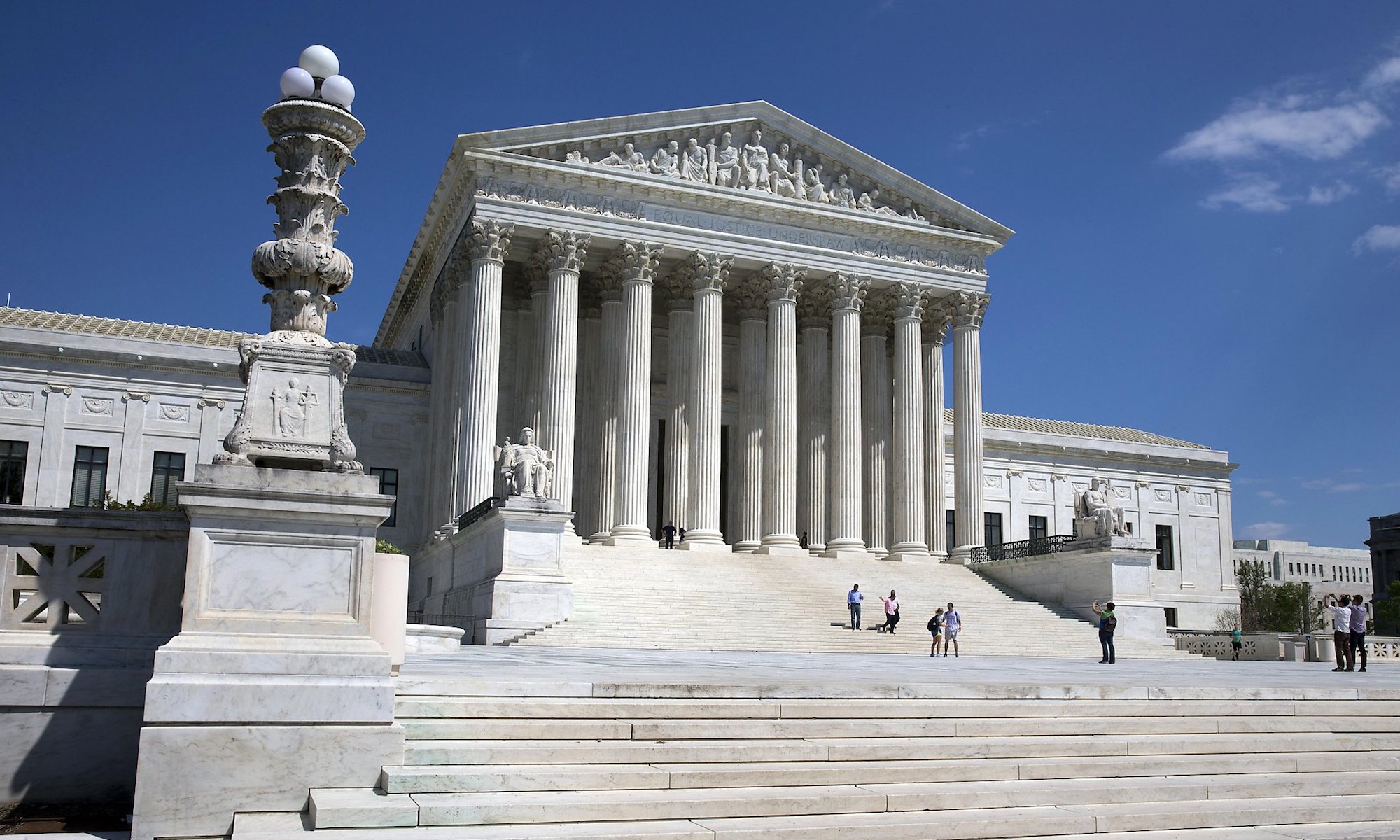A recent federal court ruling could have a big impact on the future of the United States’ immigrant detention policy. U.S. District Court Judge Dolly Gee recently ruled that the current conditions in which immigrant families were being detained violated 18-year-old provisions established by another settlement known as Flores v. Meese.

The settlement stated that juvenile immigrants cannot be detained for more than 72 hours unless they pose a significant flight risk or danger to themselves or others. Judge Gee found that federal officials “failed to meet even the minimal standard of safe and sanitary” conditions within temporary holding cells. She hopes to enter a nationwide injunction in which the Department of Homeland Security (DHS) will come into compliance with the Flores provisions by August 3rd. Over 1,700 immigrant families are currently detained within the United States.
Gee’s decision comes after U.S. Homeland Security Secretary Jeh Johnson called for a dramatic increase of detention beds during the summer of 2014, in which an unprecedented number of women and children entered the United States. The large number of migrant families was due to a number of factors – the biggest one being crushing poverty and gang violence in their countries of origin.
This ruling will change the lives of families who come to the U.S. looking for a better life and who are then detained in these privately owned facilities. It is an example of why our federal courts matter. The decision is a step forward in changing the policies on how we treat immigrant families and may signal a change in the larger immigration policy questions that come in the future.


 “Mass incarceration makes our country worse off, and we need to do something about it,” President Obama said after he became the first president to visit a federal prison on July 16th, 2015. Following his excursion to El Reno Correctional Institution in El Reno, Oklahoma, President Obama has decided to place prison reform as a top priority for the remainder of his term. On a federal level, the President seeks to reform prisons and sentencing – particularly for young offenders – reduce crowding, and ensure that inmates can successfully rejoin society after release.
“Mass incarceration makes our country worse off, and we need to do something about it,” President Obama said after he became the first president to visit a federal prison on July 16th, 2015. Following his excursion to El Reno Correctional Institution in El Reno, Oklahoma, President Obama has decided to place prison reform as a top priority for the remainder of his term. On a federal level, the President seeks to reform prisons and sentencing – particularly for young offenders – reduce crowding, and ensure that inmates can successfully rejoin society after release.